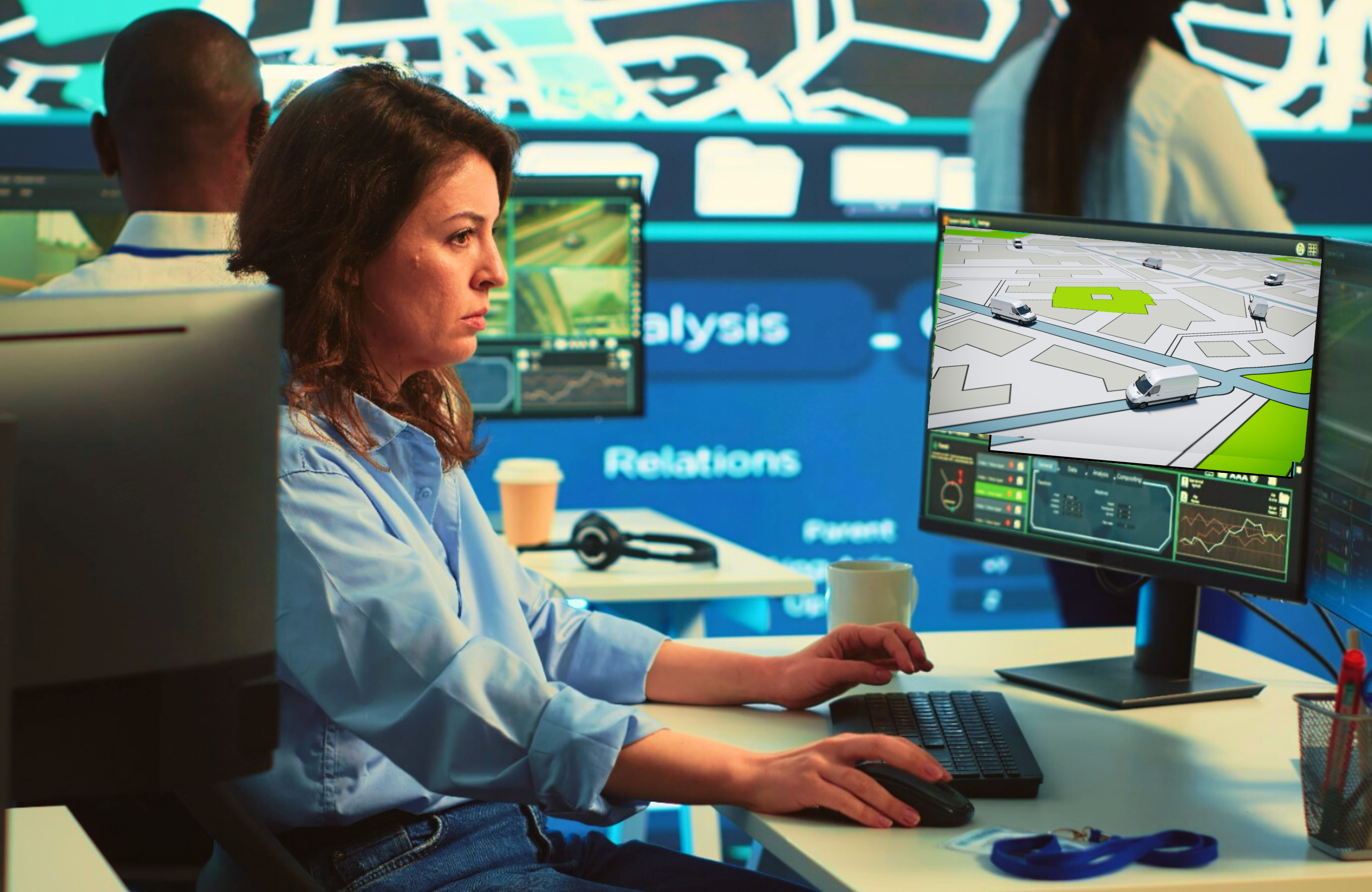As businesses reopen, employees aren’t the only ones worried about their safety. COVID-19 liability poses a threat to employers. Although only 67 COVID-related lawsuits have been filed regarding working conditions, some employment attorneys predict many more will come as the pandemic continues—and even after it ends. While some legislators hope to pass legal protections for businesses, the passage of such reforms is far from guaranteed. The threat of lawsuits adds yet another layer of uncertainty in an already chaotic time. So how can you reduce the risk of your company facing a case?
Your Company’s COVID-19 Liability
The first step to reducing your risk is understanding the kinds of cases you may face. Attorney Kent Schmidt identifies seven types of cases employees may file against their employers. Most of them deal with conditions surrounding layoffs and compensation. However, there are two types—employee safety and employee medical privacy claims—that deal with conditions in the workplace. These suits are most likely to come as class-actions but may come as individual cases as well.
Employee safety claims occur when workers feel that companies have not put enough measures in place to protect them from illness. There have already been a number of high profile cases that fit this category. As one of our previous posts discussed, workers at Amazon’s Staten Island facility have sued the company over failure to inform them about positive cases in the workplace. Workers in Chicago have sued McDonald’s, alleging a national failure to provide proper PPE and sanitation equipment. Even Nevada’s casino workers have filed a lawsuit, citing insufficient contact tracing and sanitation practices.
The other type of suit—employee medical privacy claims—is different. Rather than occurring when companies don’t do enough, these often happen when companies do too much. Though firms are generally responsible for letting their employees know about COVID-19 cases in the workplace, they must be careful in doing so. If management gives too much information about who the sick employee is, the sick worker may feel violated—and may have grounds to sue.
How Do I Keep My Company Safe?
The best way to reduce your COVID-19 liability is to protect your employees from illness. Be sure to follow the CDC’s interim guidelines, as well as any additional regulations put out by your state. Proper stocking of PPE, regular sanitization of high-traffic areas, and constant communication about recent cases are all important parts of keeping your workplace as safe as possible. Another easy step toward reducing liability is to talk to your employees. Create a reopening plan with your workers that balances their safety needs with your business needs. By working together, you can make sure that all of your employees’ concerns are heard and properly addressed.
Social distance monitoring is another important aspect of workplace safety. When possible, social distancing should always be practiced. A designated COVID monitor should be on-site to monitor and enforce distancing at all times. When social distancing is not possible due to the nature of an employee’s work, take additional precautions. Provide employees face shields, masks, and gloves, and put physical barriers between workers to prevent spread. Investing in an automated social distancing monitoring system can help ensure proper distancing at all times with greater accuracy than periodic manual monitoring.
Utilize Contact Tracing
In-house contact tracing also plays a key role in reducing COVID-19 liability. When employees call in sick, identifying their close contacts, notifying them of their exposure, and rapidly cleaning and disinfecting the workspace they used is key to preventing COVID-19 spread. If done manually, this can be a labor-intensive process. However, many companies—including Tagit—have developed automated solutions to contact tracing.
Tagit’s product does this by tracking close contacts between employees in real-time and providing a heat map of areas used. When employees report COVID symptoms, our system reports a list of close contacts for employers to reach out to. The system also provides a history of employee movements, showing which areas to target for cleaning and disinfection. This prevents the need for a full-facility shutdown for deep cleaning. Investing in these solutions may not only reduce the cost of contact tracing but will also increase its accuracy, enabling faster recovery of the workplace and limiting the size of a workforce quarantine.
Conclusions
COVID-19 creates brand new risks for businesses and employees alike—risks that aren’t likely to go away anytime soon. However, employers can do their part to make sure their workers are safe while also limiting their own liability. By providing proper protections for workers, following CDC guidelines, and engaging in contact tracing, you can reduce the risks faced by both you and your employees and prevent disruptions of production.
Know more about our solution Read More





